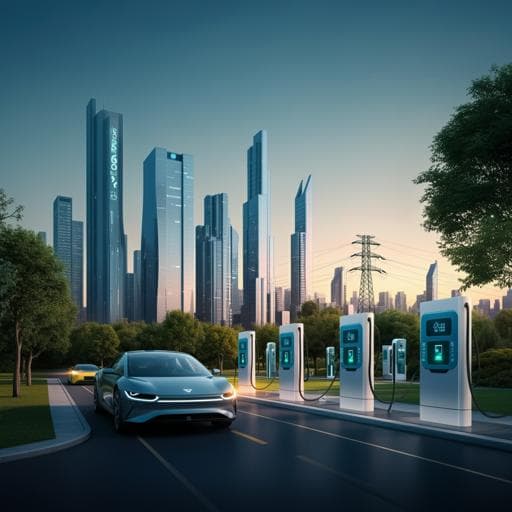
Transportation
Quantifying the impact of vehicle electrification and grid decarbonization on US light-duty vehicle greenhouse gas emissions
M. Woody, G. A. Keoleian, et al.
This groundbreaking study by Maxwell Woody, Gregory A. Keoleian, and Paul D. Viappiani explores how vehicle electrification and grid decarbonization could significantly reduce greenhouse gas emissions from light-duty vehicles in the US by 2035. Discover the potential of reaching a 50% EV sales target by 2030 and its implications for our environment!
~3 min • Beginner • English
Related Publications
Explore these studies to deepen your understanding of the subject.







